1923 - KFCV, Houston, and KFLX, Galveston, the oldest surviving radio station in the Houston-Galveston area
As mentioned in the post on call letters, up until sometime in January, 1923, radio stations east of a line along the Texas-New Mexico border received call signs beginning with the letter W, stations west of that line received call signs beginning with the letter K. It was apparent there were going to be many more stations in the eastern region than in the west so the Commerce Department moved the dividing line to the Mississippi River. The first station licensed after that change that would have previously received a call sign beginning with W was located in Houston and it was the only new station licensed in Houston in 1923, KFCV. The station was licensed to Fred Mahaffey, Jr. in January.
I have found nothing on KFCV other than that the license was maintained for 3 years (licenses expired every 6 months). However, Christopher Varela in his book Kotton, Port, Rail Center says Mahaffey was a high school student who worked in his father's electric shop, Mahaffey Electric Co., and the station was used to demonstrate radio to potential buyers.
Of the eleven stations that had received licenses up to that point in the area, the Commerce Department official list of June 30, 1923, showed only seven as active. In Houston they were KFCV, WCAK, WEAY, WEV, and WRAA. In Galveston, WHAB and WIAC were still listed.
Late that year a new station was licensed in Galveston and assigned the call letters KFLX. The licensee was George Roy Clough of 1214 40th St. It was authorized to operate on 1250 kc with 10 watts and it was the first station in the Houston-Galveston area to operate on a wave length other than 360 or 485 meters. In 1933 this station changed its call letters to KLUF after another Galveston station using the call letters KFUL went off the air. As a result of the North American Radio Broadcast Agreement of 1941 it moved to 1400 kilocycles and in 1957, after George Roy Clough sold it, the call letters were changed to KILE. There is still a station on the air on that frequency. The city of license has been changed to League City and the calls are KHCB-AM and it is the oldest continuously licensed radio facility still on the air in the Houston-Galveston area. Besides that, it can also claim to be the oldest continuously operating radio station on the entire Texas coast.
A claim also has been made that KFLX was originally the station known as WHAB, which would extend its pedigree to 1922. The Broadcasting and Cable Yearbook, a standard industry reference but far from infallible, gives the year of origin of KHCB-AM as 1922, but the Commerce Department records I have examined do not support the claim that WHAB was the precursor of KFLX. Both stations were listed as active stations concurrently for many months in 1923/4. Clough received authorization for KFLX as a new station, not a transfer of ownership or change of call letters, on November 28, 1923, and WHAB was not deleted from the Commerce Department lists until June of the following year.
For his book Texas Signs On, historian Richard Shroeder interviewed Jack McGrew, who had worked for KFDM, Beaumont, in the early years and later spent many years at KPRC, Houston. KFDM was owned by the Magnolia Petroleum Co. Of Beaumont and was very well equipped and funded. It originated the first chain, or network, in Texas, the Magnolene Chain, which consisted of KFDM, KPRC, WFAA, WRR, WBAP, and WJAD. (Magnolene was the name of a lubricant made by Magnolia). McGrew told of visiting Galveston once on for a sports remote for KFDM and learning not all stations were created equal. He went to KFLX where he met Clough who was owner, operator, engineer and staff. It was a Sunday and as the two talked
“...Clough was also playing records over the air. If the record came to an end, without saying anything to the listeners, Clough would pick up the tone arm, turn the record over, put it back down on the revolving turntable, and drop the arm onto the record. All this was done ‘on the air.’ Sometimes he turned the same record back and forth two or three times. This was the only radio station in town and it was pretty loose.
Of course this is what is known in the industry as a tight playlist. Unfortunately the date of the visit was not given. George Roy Clough was later to serve as Mayor of Galveston in the 1950s.
All of the stations on the air in the Houston/Galveston area in 1923 other than KFLX continued to share time on 360 meters, 833 kc.
As mentioned in the post noting the 82nd anniversary of KPRC's sign-on, according to an interview with Alfred P. Daniel that appeared in the Press many years later, sometime during 1923 Ross Sterling, Jr., son of the largest stockholder in the Houston Post Co., Ross Sterling, Sr., took a radio class at the Houston YMCA from Alfred P. Daniel of WCAK. The young man’s interests apparently aroused his father’s curiosity and Sterling, Sr., asked Daniel to meet with him to discuss the possibility of the Post getting into the radio business with its own station. William P. Hobby, President of the Post, had also urged Sterling to get into radio. Sterling had been the first President of Humble Oil and Refining Co. which is now Exxon-Mobil. When he sold his interests to Standard Oil he went on a buying and building spree in Houston. He purchased the Houston Dispatch newspaper in 1924 and combined it with the Post as the Post-Dispatch. Both Sterling and Hobby served as Governors of Texas.
After meeting with Daniel, Sterling was convinced the Post should have its own radio station and ordered a 500 watt transmitter from the Westinghouse Electric and Manufacturing Co., one that had been recommended by Daniel. But by the time the transmitter was delivered Ross, Jr., had died and Ross, Sr., ordered the equipment put in storage without ever being uncrated. The grieving father devoted himself to building a memorial to his beloved son, a campground at Cedar Point on Trinity Bay, below Baytown. On ground that had formerly been a Sterling family residence and 
before that, Sam Houston’s summer cabin on the bay, Ravensmore, he built Camp Ross Sterling, Jr., and gave it to the YMCA. The camp was to serve as a youth camp and church camp for decades. (I attended church camp at Camp Ross Sterling, Jr., twice in the 1950s).
A Texas Historical marker on 2354, which runs along Trinity Bay southeast of Baytown, commemorating the first settlers at Cedar Point, mentions Sam Houston's cabin and says the land where it stood (and presumably Camp Ross Sterling, Jr.) is now underwater. This would be due to land subsidence and erosion in the area.
It was more than a year before the Westinghouse transmitter was taken out of storage and put into operation.
The image above is from the archives of the Houston Post at the Houston Public Library.
Note: when KPRC signed on in 1925 the Post-Dispatch identified the transmitter as a Western Electric, not Westinghouse.



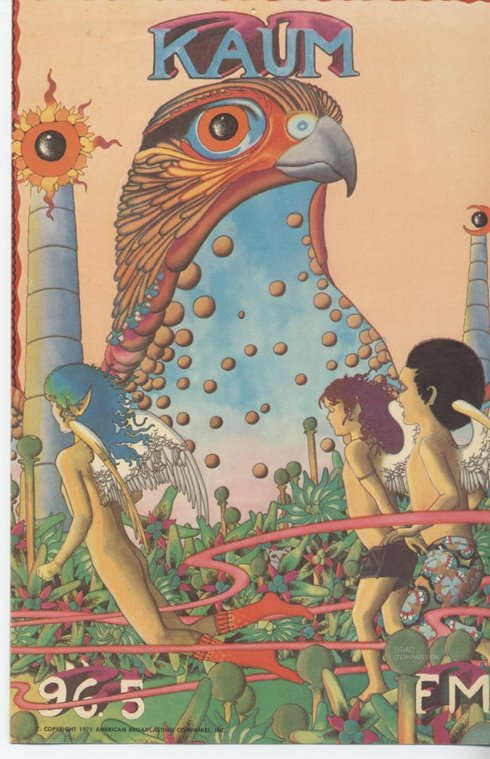
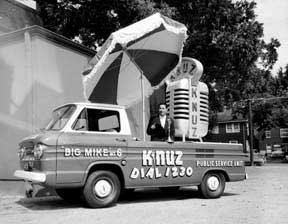


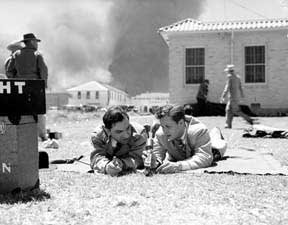
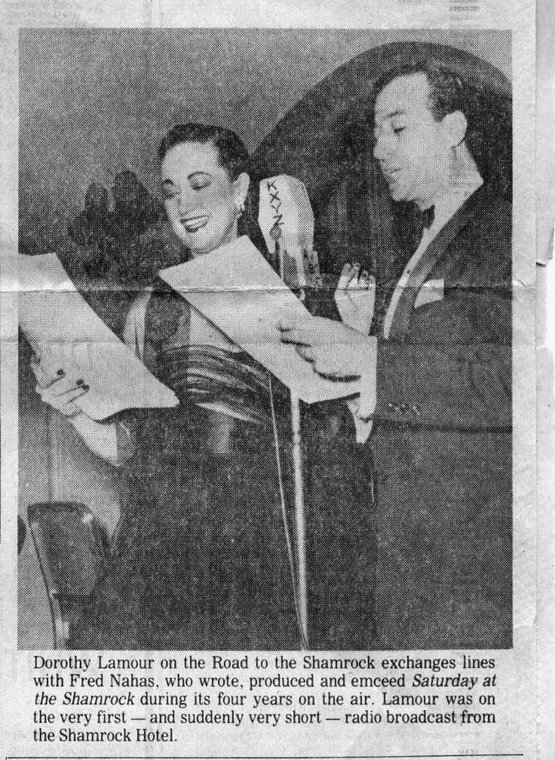
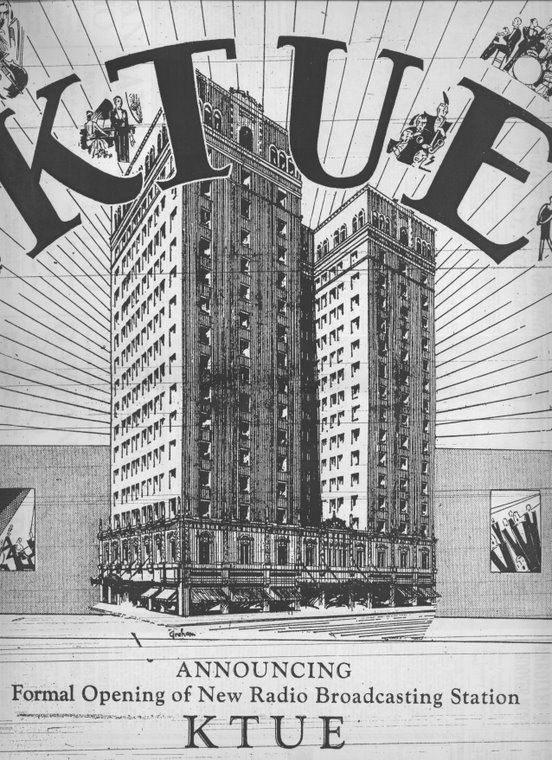
No comments:
Post a Comment